November 13, 2014
Nurse Safety Training

November 13, 2014



Bloodborne Pathogens OSHA Regulation: 1910.1030(g)(2)
Required for employees that may be occupationally exposed to blood or potentially infectious materials. See full OSHA regulation for more details.
Annually.
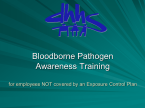
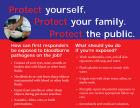
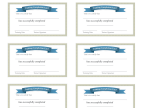
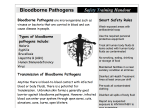

HazCom / GHS OSHA Regulation: 1910.1200(h)
Employees that may be exposed to hazardous substances as part of their job. See full OSHA regulation for more details.
When there is a change.

Emergency Evacuation OSHA Regulation: 1910.38(e)
If fire extinguishers are provided in your workplace and/or anyone will be evacuating during a fire or other emergency. See full OSHA regulation for more details.
When there is a change.
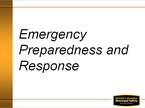
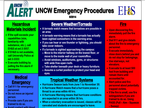

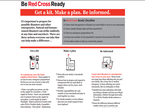

First Aid OSHA Regulation: 1910.266 App B
In the absence of a nearby hospital or clinic (more than 4 minutes away), a designated employee should be trained to render first aid. See full OSHA regulation for more details.
Retraining for life threatening emergencies should occur annually. Retraining for non-life-threatening response should occur ‘periodically’.

Personal Protective and Respiratory Equipment OSHA Regulation: 1910.132(f)
When an employee is required to wear PPE, they must be trained on its usage. See full OSHA regulation for more details.
Retraining required when the type of PPE changes, employee demonstrates inability to use PPE properly, or when the workplace changes in a way that renders previous training obsolete.
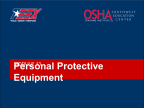


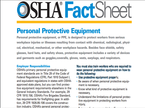

Workplace Violence
Annually

Ergonomics
Annually

Eye Safety
Annually

Safety Showers & Eye Wash
Elder Care
Annually

Hand Hygiene
Annually

HIPAA
Annually

Patient Safety
Annually

Child Care
Annually


CPR & AED